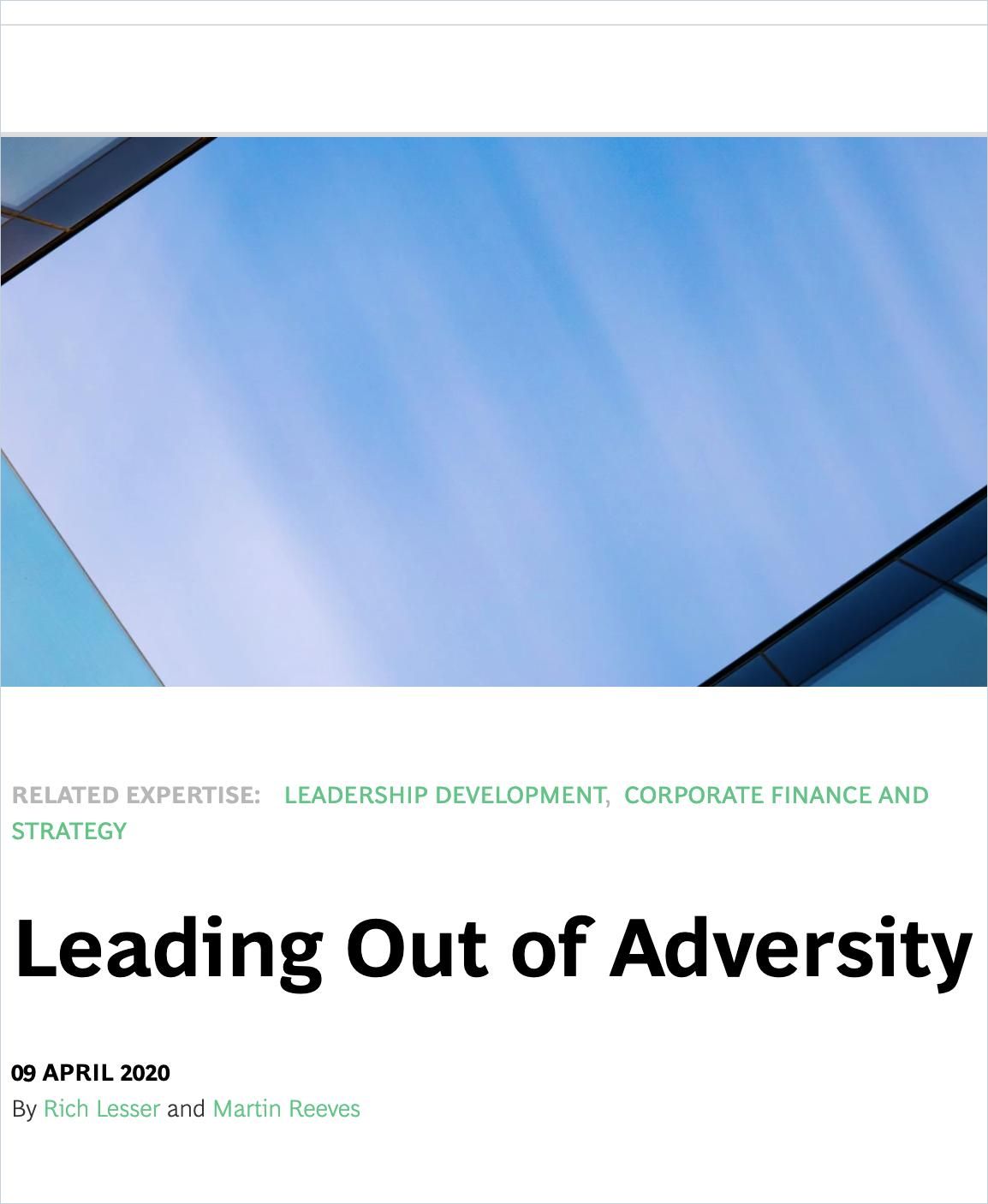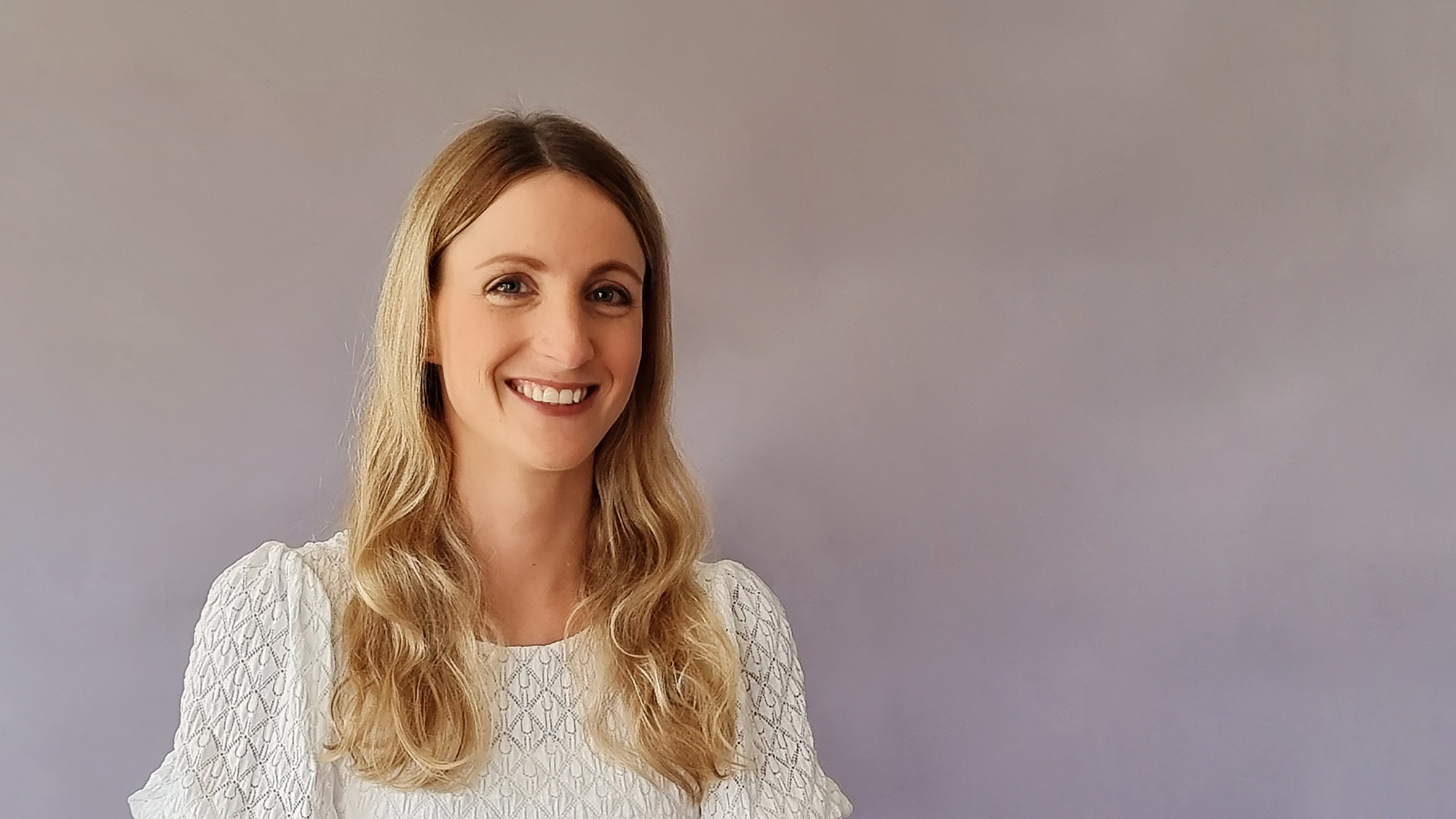Panel Discussion: Agility, Authenticity and Accelerated Change in the Era of COVID-19
getAbstract’s Jayne D’Silva was joined by Peter Yarrow, Global Head of Learning and Proposition at Standard Life Aberdeen (SLA), a UK-based global investment company; Steve Hurst, VP Learning and Development at Sage Group, an international business software company based in the UK; Sarah Bailey, Head of Learning Technologies at the British multinational pharmaceutical company GlaxoSmithKline (GSK); and Dave Buglass, Director of Learning Services at the worldwide consultancy PricewaterhouseCoopers (PwC).
Shifting Learning Habits
Standard Life Aberdeen had started the process of moving learning to a virtual classroom already prior to the pandemic. According to the company’s Global Head of Learning and Proposition, Peter Yarrow, the pandemic helped speed up the process, with many employees realizing how efficiently they could learn and work from home. Yarrow expects the company’s UK staff to move toward a more hybrid way of working when their offices open back up in early 2021.
The situation has forced people to do things differently and made them realize that it’s actually not that difficult or just as good as sitting with others in the classroom. This will help us modernize very quickly – albeit in a situation we would never have wanted.
Peter Yarrow, SLA
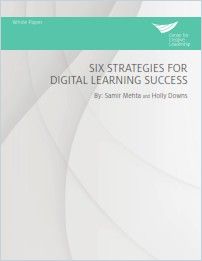
Six Strategies for Digital Learning Success
Center for Creative LeadershipNot everybody on the panel, however, expects the shift to virtual learning to outlast the pandemic. Steve Hurst, VP Learning and Development at Sage Group, believes that digital learning is not always the most efficient way of acquiring knowledge. Hurst thus expects to re-introduce elements of social learning at his company once it is safe for employees to meet face-to-face again.
I am not so sure that the virtual will stick. I think there is still an element of learning that will be social.
Steve Hurst, Sage Group
At GSK, Sarah Bailey, Head of Learning Technologies, has observed a big increase in informal learning during the pandemic. As research teams at the company have been feverishly working on a vaccine, non-scientists at the company have taken a big interest in learning about vaccine development and the progress their colleagues were making via GSK’s internal social media platforms. According to Bailey, these internal workplace conversations have resulted “in a large amount of upskilling of non-scientists at the company.”
We have experienced not just an uptake in virtual learning, but also general learning conversations that are spilling out on our social media platforms internally.
Sarah Bailey, GSK
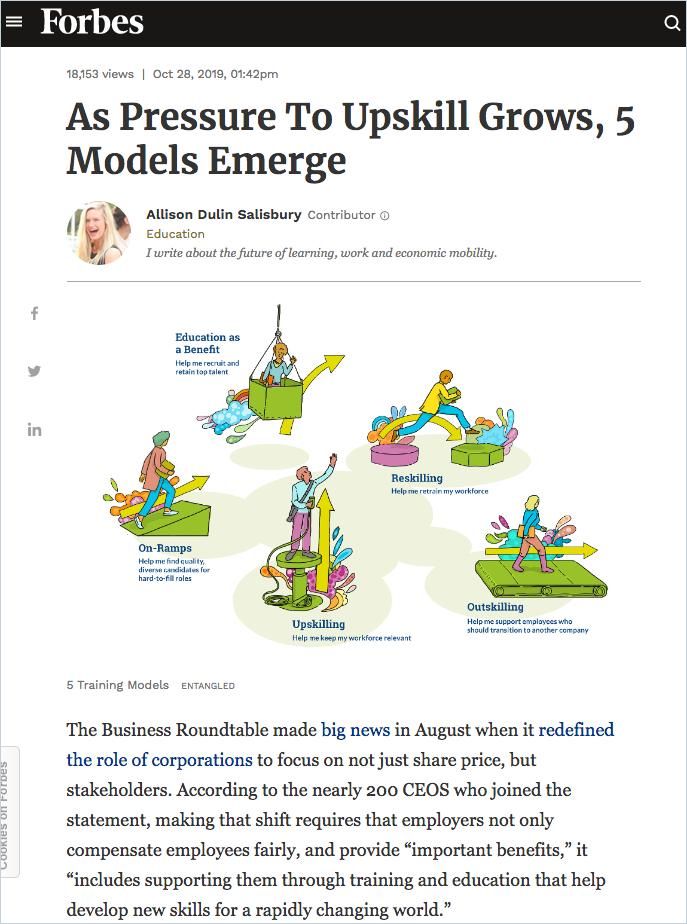
Bailey is a big proponent of making daily learning an integral part of the workday. She envisions a setup where the L&D department becomes virtually “invisible” – seemingly a paradox in itself. Instead of devising elaborate curriculums and conducting formal learning sessions, L&D would provide appropriate content whenever people needed it. The focus would thus be on providing employees with the skills they really need rather than having them complete pre-defined learning content. In doing so, Buglass from PWC adds, L&D is better able to help employees become more productive – and therefore directly contribute to revenue generation, where the focus of L&D departments should lie.
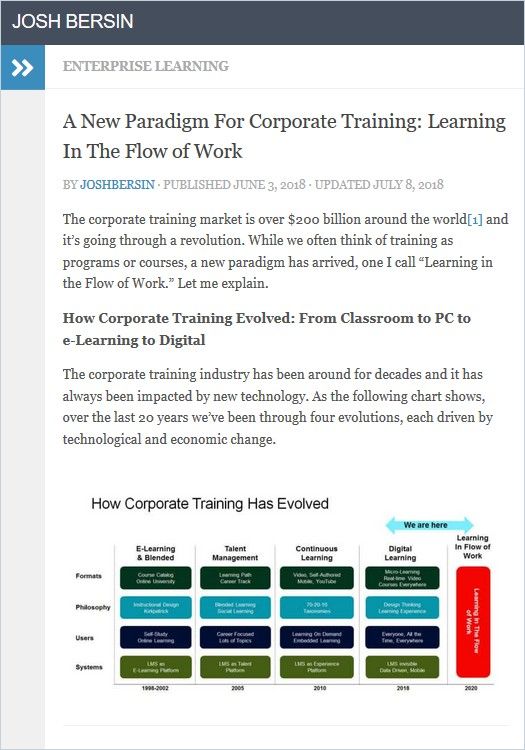
The Advantages of Agile Practices
Dave Buglass, Director of Learning Services at PWC, observes that the pandemic has greatly increased demand for learning. The L&D department at PWC had to react quickly to the changed circumstances and was well-equipped to do so. For example, the company already had a global learning platform in place that had been well-utilized by employees. The platform features content from several providers, among them getAbstract. A few years ago, moreover, PWC started to roll out a new learning initiative called “infinite learning days,” which has employees dedicate one day per quarter entirely to learning. This initiative has been magnified during the crisis, Buglass reports.
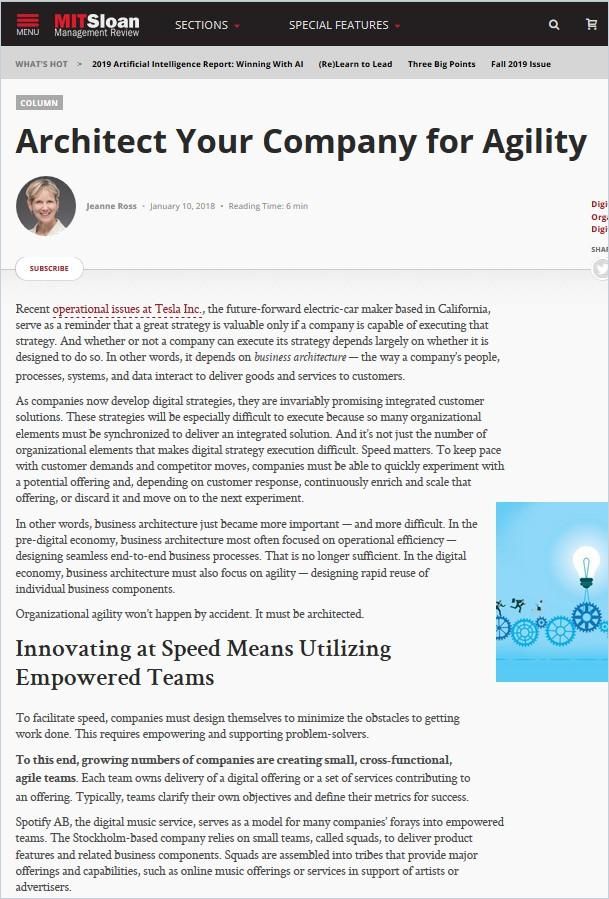
Also, GSK was able to reap the benefits of a recently introduced initiative. In GSK’s case, the change had to do with the company’s performance model. Last year, GSK did away with annual performance reviews and adopted a model where reviews are held on a monthly basis. At the same time, GSK introduced an ad-hoc bonus scheme that allows for rewarding employees more fluidly. When the pandemic started to unfold, leaders at the company were thus able to give out instant bonuses to employees who put in extra time to work on drug development.
Eighteen months ago, management at Sage changed the performance management process to focus on having more regular and informal conversations. The change triggered a huge spike in engagement. The fact that these regular conversations had already been occurring and the company had already been building a culture of openness was immensely helpful when the pandemic hit.
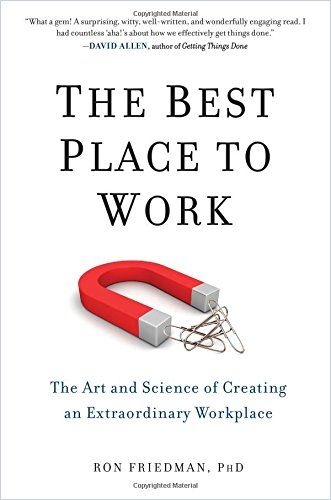
Regarding staff training, Bailey from GSK emphasizes the importance of adjusting learning to individual employee profiles. The sales force at GSK, for example, suddenly found itself unable to travel due to the pandemic – and required training on how to sell remotely. Leadership training programs for office workers, meanwhile, started to focus more on interpersonal skills to help leaders connect more deeply with their staff. Training programs thus included topics such as empathy, kindness and what GSK calls “care,” which revolves around making employees aware of their company’s commitment to their well-being. The getAbstract summary of Dev Patnaik’s book, Wired to Care, had initially inspired GSK to adopt the term.
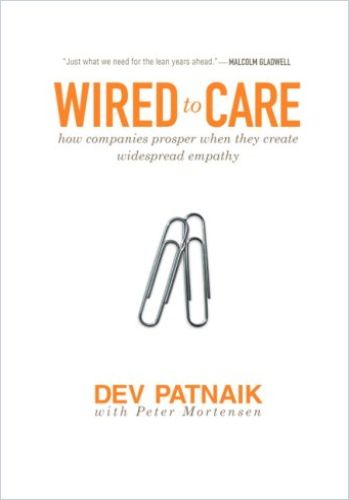
With many employees worrying about the health of family members, home schooling and reduced household income, the leadership at SLA also had to pay increased attention to employees’ mental health and well-being. Such extraordinary times demand strong leadership and demonstrations of empathy from those at the top, says Peter Yarrow. At SLA, business-wide communication increased dramatically during the pandemic, with leaders regularly checking in with employees and issuing messages of support.
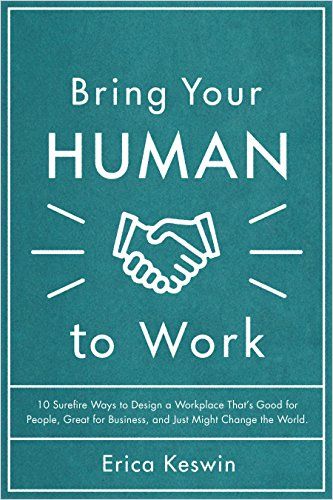
In addition, Human Resources at SLA has been conducting weekly surveys to gauge how employees are feeling. Yarrow particularly stresses the need to be mindful of the different challenges people face, whether they are related to their kids, elderly parents or finances. SLA has also been helping employees cope with and adjust to the new circumstances of working remotely. For example, SLA introduced a “Global Challenge” app where employees could join different sports teams and encourage each other to exercise regularly. Yarrow himself says that joining the challenge has led him to walk about 10 times more than when he was working in the office.
Care counts… Humanity cannot continue with poor leadership at any level.
Steve Hurst, Sage Group
The current outrage and protests about police brutality in the United States have put additional strain on employees’ mental well-being. PWC’s Buglass finds it particularly important that leaders spend extra time with employees and help them cope. Ensuring that employees take holidays or days off to decompress from time to time is also crucial, he says. Furthermore, he recommends that employees learn to manage their time at work sensibly and give themselves time to breathe between online meetings.
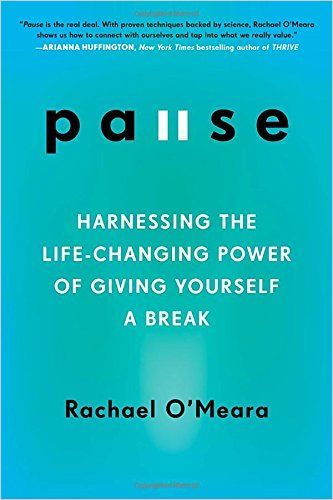
The Power of Purpose
Yarrow suggests that the COVID-19 crisis has broadened the company’s definition of purpose, which includes helping clients “invest for a better future.” The crisis made company leaders realize that the company’s mission of investing for a better future does not end with ensuring a good pension for clients and performing well as an organization. Instead, Yarrow insists, “investing for a better future also entails taking care of the community we operate and work in.” Hence, SLA has stepped up its community engagement through the support of various charities.
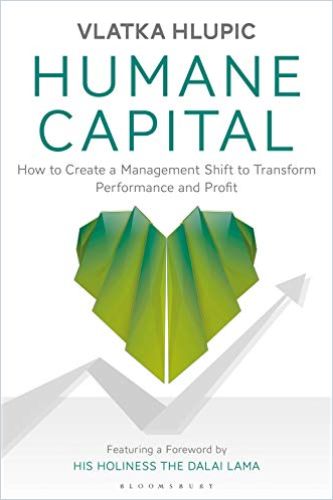
Separation has actually brought us back together.
Sarah Bailey, GSK
Finding renewed purpose in their work has also been a defining aspect of how employees at GSK have been experiencing the period of the pandemic. Bailey says she has never seen her staff as engaged and full of purpose as she has during the current crisis. What’s more, the larger-than-life effort to find a cure for COVID-19 has not just been a big motivator for individual employees, but led the entire health care industry to come together in unprecedented ways.
The most important take-away from the crisis for all panelists has been the importance of authentic leadership, which is expressed on many different levels: from companies acting in accordance with their values and taking on broader social responsibilities to individual leaders just being themselves. For Buglass, the latter has been one of his main lessons from the crisis: “Just be your true self all the time – whether you are at home or at work.”
